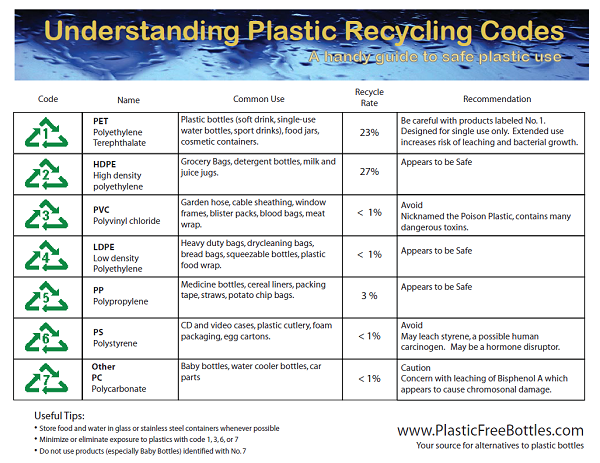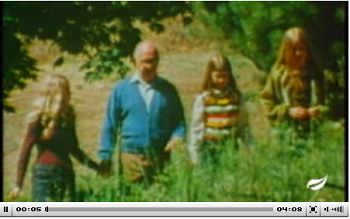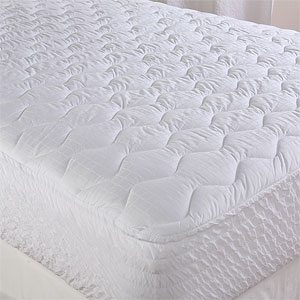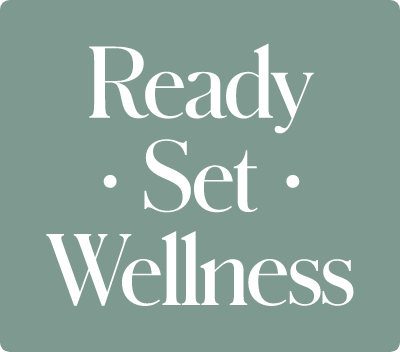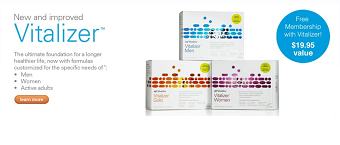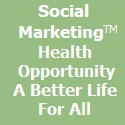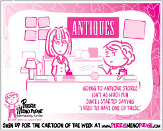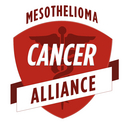
(ARA) – Americans have traditionally considered the health of the planet and their personal health two distinct subjects. Times have changed. When we consider our personal health, many now see the connection to the environment.
“Most people want to be healthy and live on a clean and beautiful planet,” says Amy Lou Jenkins, a registered nurse who writes about nature and green living for Examiner.com, and who has authored the book, “Every Natural Fact: Five Seasons of Open-Air Parenting” “Now, it’s becoming important to enhance our own health, as we care for our Earth. Fortunately, it’s easy to make green living choices that are good for you, your family and the planet.”
“Now, it’s becoming important to enhance our own health, as we care for our Earth. Fortunately, it’s easy to make green living choices that are good for you, your family and the planet.”
Jenkins offers these seven simple steps that can help you improve your own health, and care for the earth at the same time:
1. Replace car trips with a bike ride or a walk whenever possible.
Every day, Americans’ automobiles pour millions of pounds of greenhouse gases into the atmosphere. Any step that reduces that output is a step toward better health for the environment. Walking and biking are also great low-impact ways to exercise your muscles, burn calories and deliver cardiovascular benefits. Taking a bike instead of a car for just one 4-mile round trip prevents the release of about 15 pounds of pollutants, according to the WorldWatch Institute.
2. Buy local foods and eat less meat.
Locally grown food requires less fuel to transport and causes the emission of fewer pollutants to arrive at the market than produce grown far from where you live. A meal of meat uses exponentially more water, land and petroleum products than a plant-based meal. The greenhouse gas emission associated with animal feed and animal methane increase environmental damage further. Add to that the water pollution from runoff and land degradation from grazing and you begin to see the enormous ecologic strain caused by a diet rich in meat. Lowering your red meat intake and increasing your consumption of fresh vegetables is associated with improved health, lower incidences of cancer and heart disease and a longer life. In addition, buying local produce will directly benefit your community.
3. Discover solar cooking.
Whether you cook on an electric stove, gas range, gas grill or charcoal grill, traditional cooking consumes fossil fuel. Consider buying a solar cooker and swap out propane and charcoal grills for sustainable solar energy. Solar energy is carbon neutral and ultra clean.
4. Take the stairs.
Elevators use energy all day long and two-thirds of that consumption is used to move people up and down. Reducing the number of elevator trips cuts the amount of energy used. Plus, taking the stairs is an easy lifestyle change that can net a big payoff over time in heart health and weight management. Overall, it is a healthier way to travel.
5. Get into gardening – all year long.
Gardening offers many health benefits, from mental relaxation to light cardiovascular exercise. Indoor gardening with easy hydroponic systems can ensure you’ll have plenty of fresh, nutritious produce – even in the winter. And by traveling from windowsill to plate, instead of being flown across the country or planet, your homegrown produce reduces fuel consumption and pollution.
6. Switch to all-natural products for cleaning, rather than toxic chemicals.
The U.S. Geological Survey reports that it has found detergent in 69 percent of streams it has tested and disinfectants in 66 percent of tested waterways. Fortunately, many manufacturers of household cleansers now offer all-natural lines. By switching to natural products – including homemade cleaners made with simple pantry products like vinegar – you reduce your personal exposure to toxic chemicals and help keep them out of our groundwater.
7. Unplug.
American homes consume a staggering amount of electricity every year. Switching off the computer, video games, TVs and cell phones not only reduces your home’s energy use, the electronic silence offers an invitation to family time to reconnect and spend time together. Research shows that healthy relationships and social contacts are associated with long life and happiness.
You can find more green living news at www.examiner.com.


